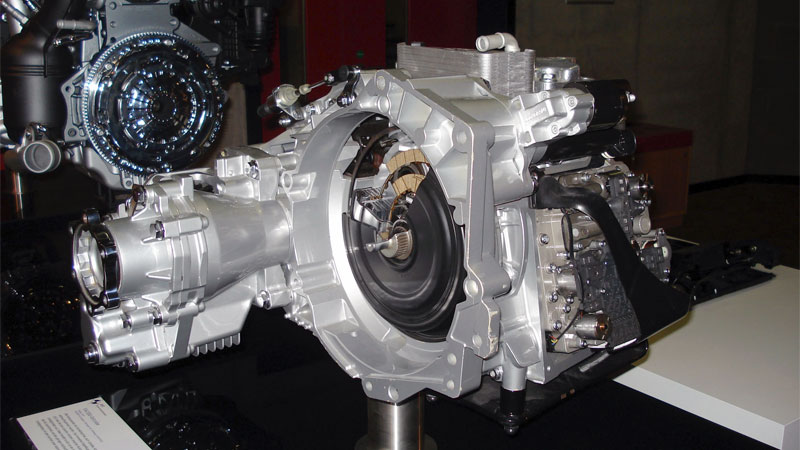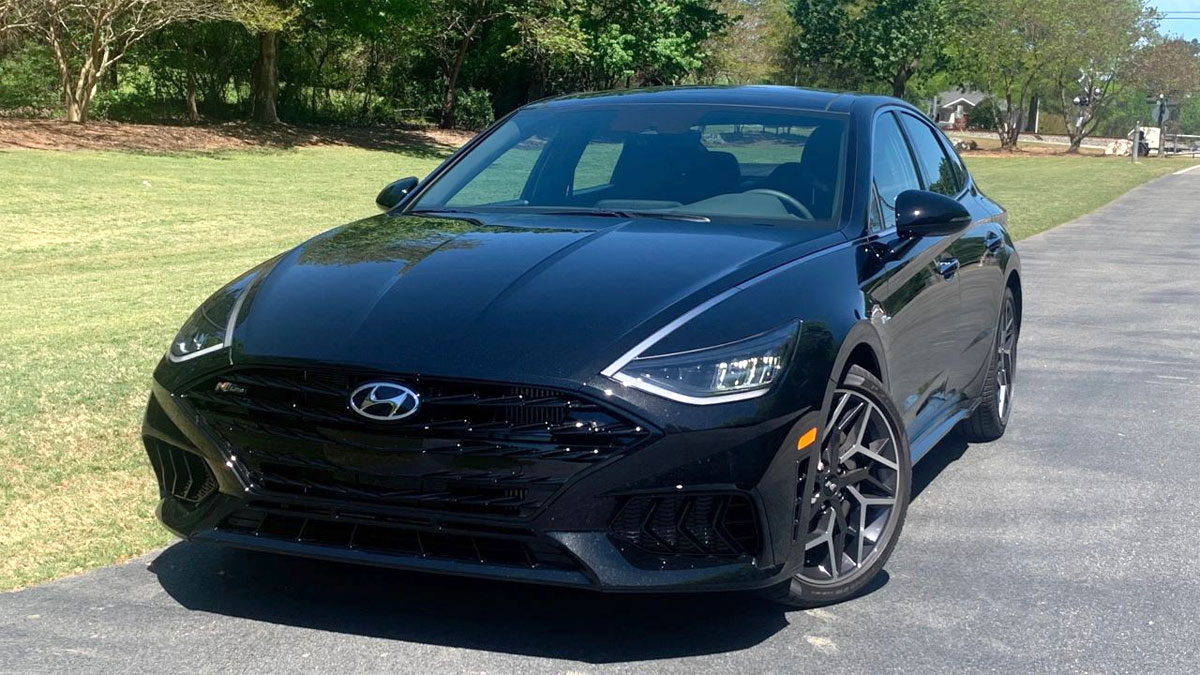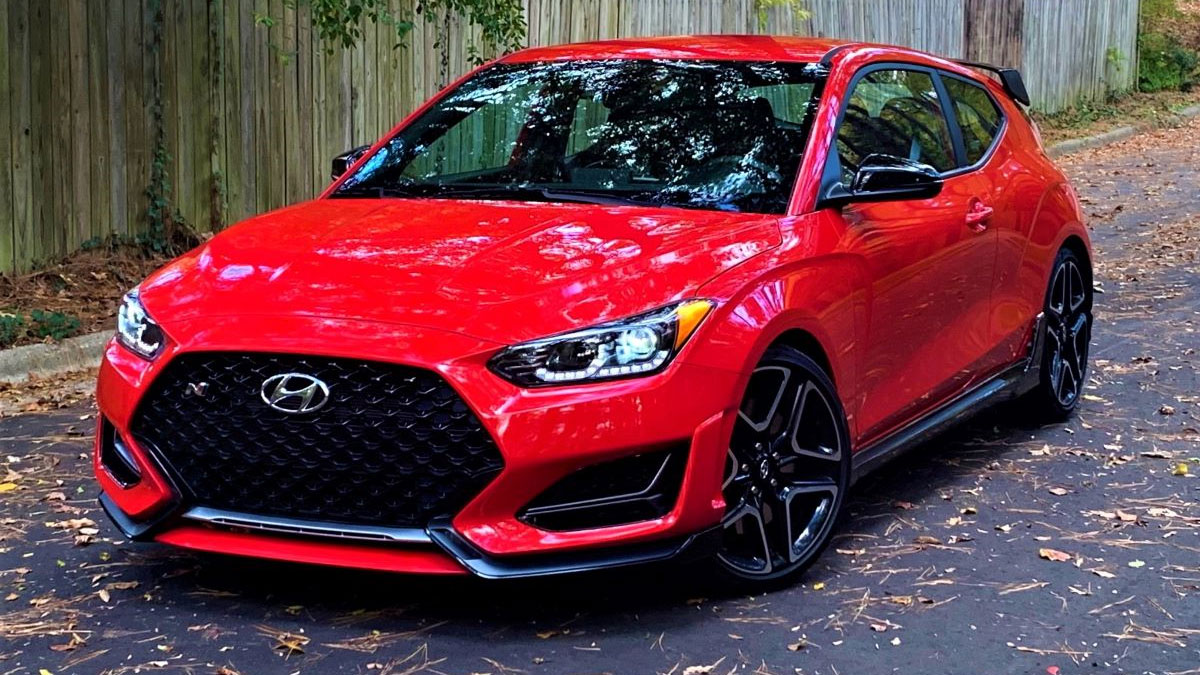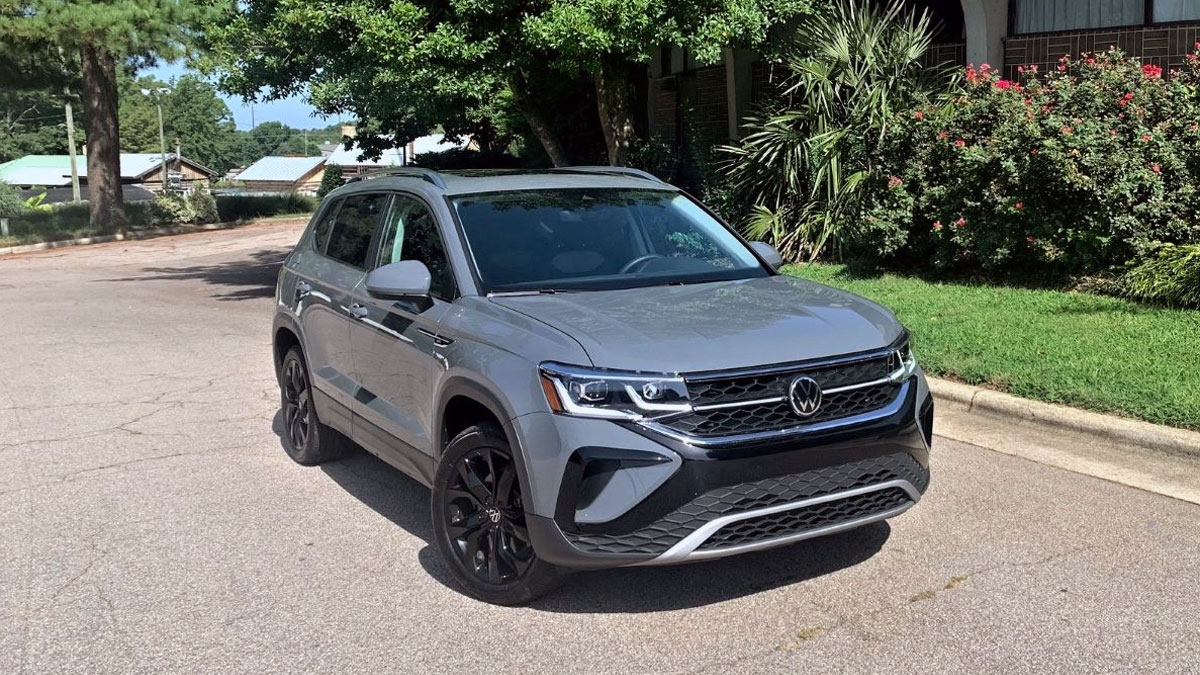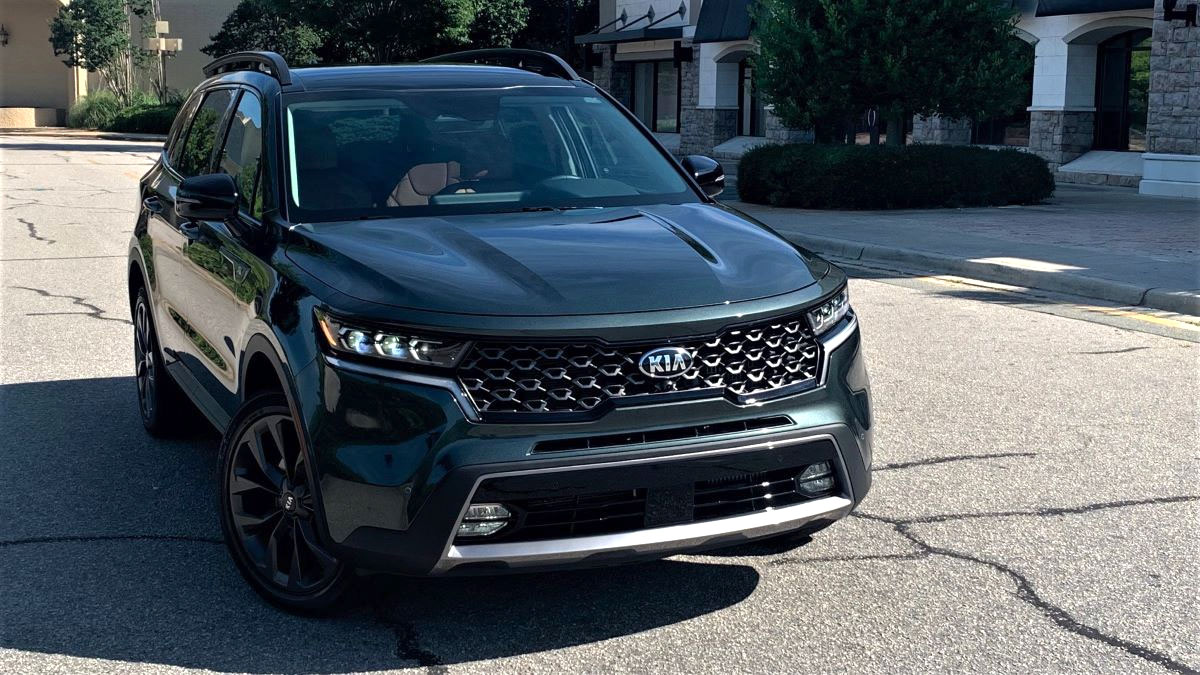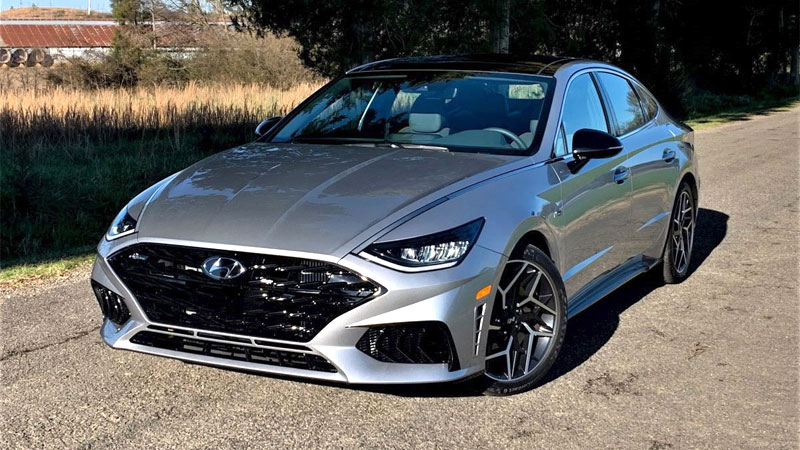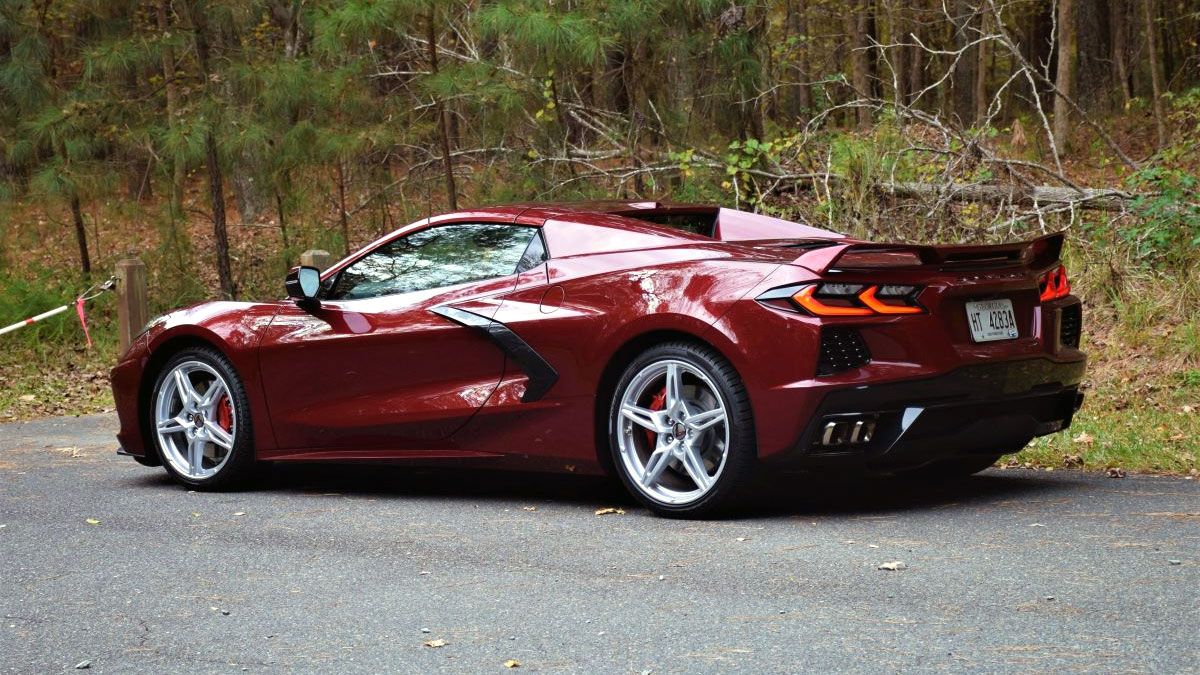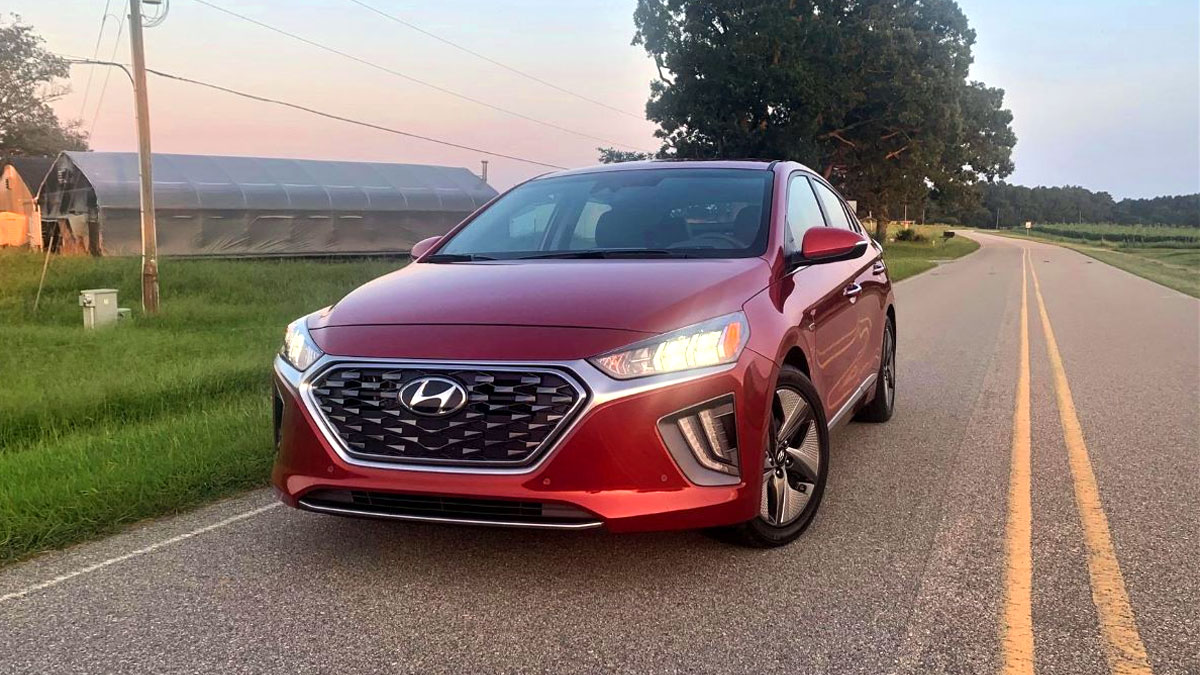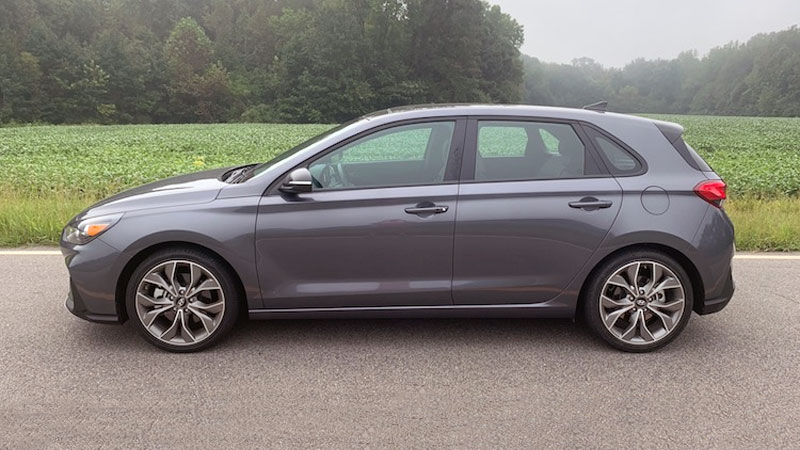What is a Dual-Clutch Transmission?
Many people consider dual-clutch transmissions to be just as engaging as regular manual transmissions but without any of the downsides. To some extent, that’s true. That’s what helped Audi dominate the Group B rally scene in 1985. Dual-clutch transmissions are one of the few choices around that allow you to … Read more

